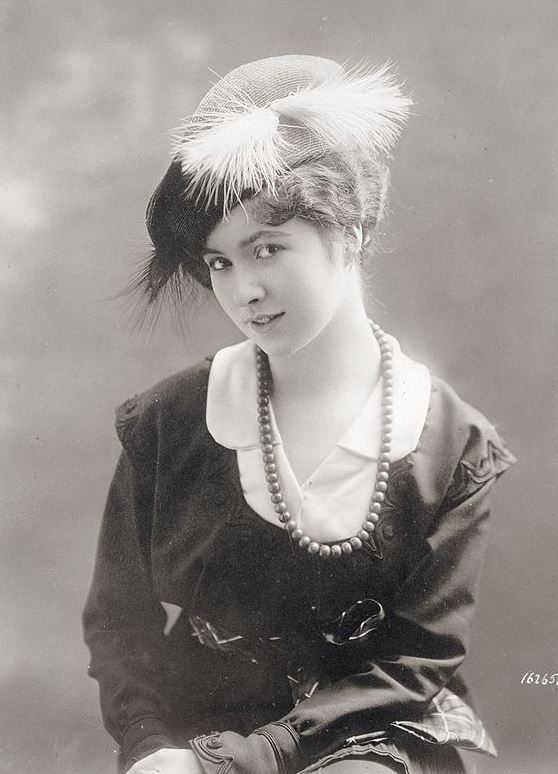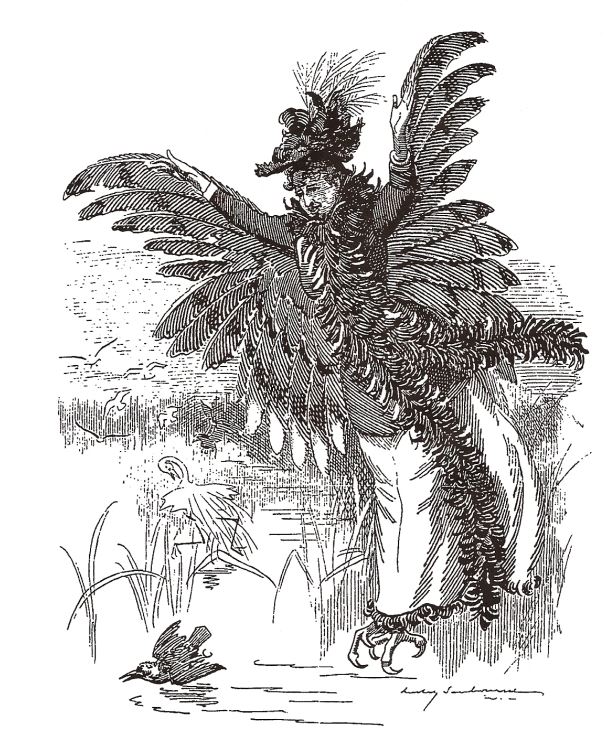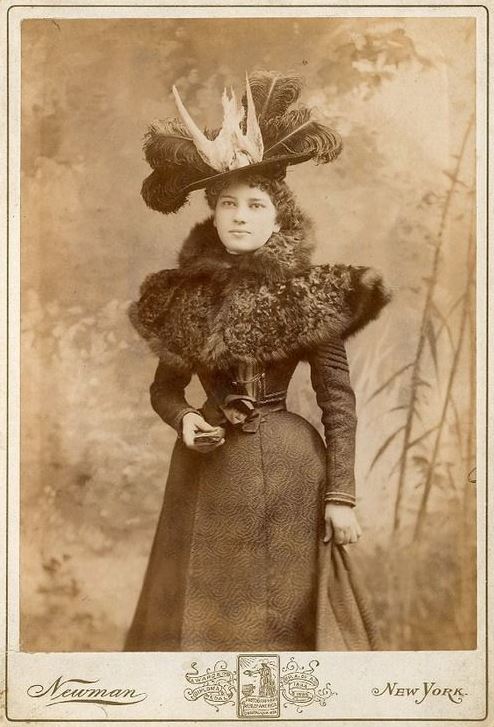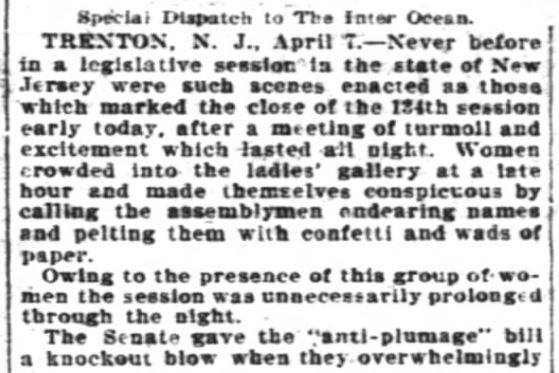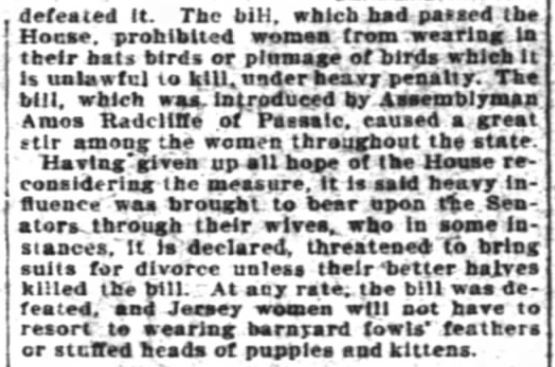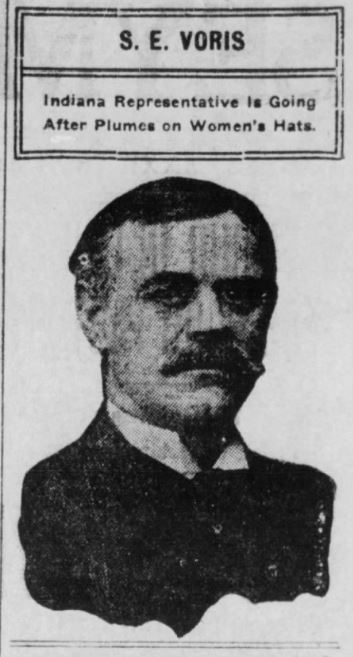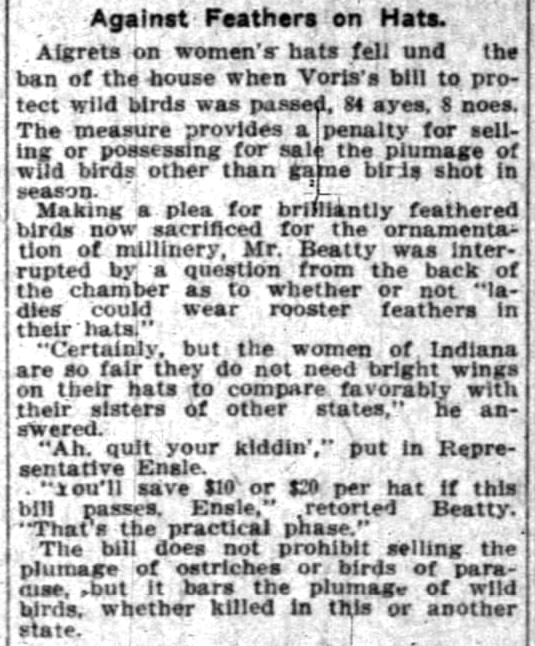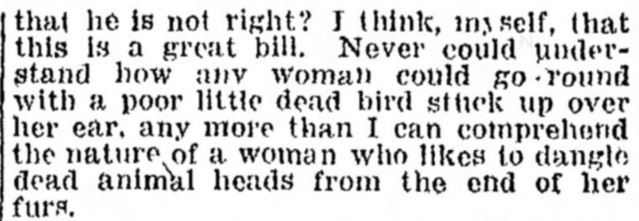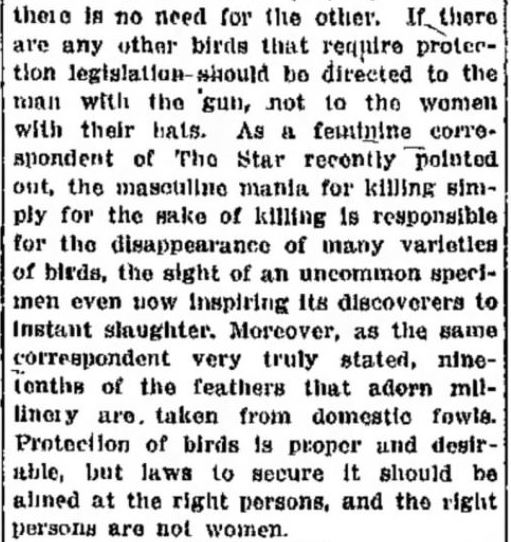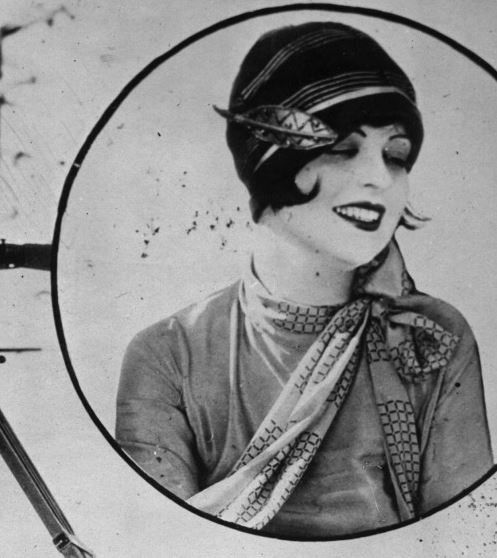Yesterday’s post set us to hunting: as blizzards and ice give way to spring lightning and wind, how many other weird weather phenomena lie hidden in the news? Obviously, we’ve never believed that history is boring, so we wondered: how often did our ancestors get killed by lightning or blown away by a stiff breeze?
Here’s a few fascinating stories from the annals of meteorology in the Midwest and beyond.
The image above, thought to be the oldest photograph of lightning, was captured in St. Louis, Missouri, by T. M. Easterly in June 1847, eight years after Jacques-Louis Daguerre announced his invention of the daguerreotype in Paris. At a time when cameras often required exposure times of thirty seconds or more, it’s amazing this was taken at 9:00 P.M.
At the height of the new art form’s popularity, daguerreotypes entered the realm of lightning lore. As part of a growing fascination with photography (Greek for “writing with light”), those tales (including a few of the “tall” variety, surely) were soon making the rounds of American newspapers. Yet there was actually a good scientific explanation behind so-called “lightning daguerreotypes” — and they weren’t the kind Easterly was making in St. Louis.
(The Berkshire County Eagle, Pittsfield, Massachusetts, May 28, 1858.)
What most witnesses of lightning strikes didn’t know in the 1850’s is that these patterns on the skin weren’t “daguerreotypes,” but Lichtenberg figures. Also called keraunographs and lightning flowers, they can look exactly like tree branches, plants and sometimes round coins. (Where the cow shape or the number 44 came from is a bigger mystery.) Named for the 18th-century German physicist Georg Christoph Lichtenberg, a student of electrical discharges, the figures often occur after any high-voltage jolt through insulated material like the human body. Not unlike photographs, they can be produced and preserved in glass, resin and wood as 3-D “electrical trees.” They also remain behind as scars.
(Lichtenberg figure on a man who survived a lightning strike.)
Stories about “lightning daguerreotypes” and freak weather accidents spilled into ghost lore, which flourished during the heyday of American spiritualism in the mid- to late-1800s. A branch of Christianity that involved communicating with the dead through mediums, spiritualism was surprisingly mainstream. Some of its older American forerunners were the Shakers, part of a unique utopian movement with roots mostly in New England. (There was also a short-lived Shaker community on the Wabash River north of Vincennes around the time of the War of 1812. Much of its membership was African American.)
The Shakers incorporated all kinds of unusual spiritual phenomena into their unique faith and believed that their founder, an English textile worker and single mother named Ann Lee, was the second coming of Christ. They certainly believed in spirits and spirit possession, so the following story (either from New Hampshire or Connecticut) probably wasn’t too out of the ordinary.
(Indianapolis Leader, February 28, 1880.)
Even as metal daguerreotypes and tintypes gave way to the age of Kodak and the paper photograph, stories about human, animal and other images etched by lightning onto some kind of light-sensitive backdrop didn’t immediately go away. Like Shaker Sam’s lightning-blasted spirit, this story — originating in the Charlottesville (Virginia) Chronicle — also appeared in 1880. It borders on the supernatural.
(The Pantagraph, Bloomington, Illinois, April 13, 1880.)
As we showed in yesterday’s post, wind can be as fearsome and downright bizarre as any lightning bolt. “Freaks of the storm” — from flying cows to airborne newborns — would fill a small book, some of it tragic, but a lot of it funny. Here’s a few more tales of the wind.
When a tornado blasted Drake, Oklahoma, in 1917, it wiped out a whole family — almost…
(Indianapolis News, June 2, 1917.)
Mattoon, Illinois, was also hit hard that week, probably as part of the same “patriotic” storm-front — which, as it barreled east from the Plains, wasn’t done pulling tricks.
(Indianapolis Star, May 28, 1917.)
Tornadoes had a knack for randomly sparing some delicate, highly-breakable objects — from babies and chicken eggs to caged birds and loose photographs — while demolishing large buildings and whole towns. This twister struck Louisville, Kentucky in 1890:
(Greencastle Daily Sun, Greencastle, Indiana, June 17, 1890.)
A farm animal in Minnesota was less fortunate than the song birds in Louisville, but the farmer who got picked up by this 1892 cyclone was lucky the pig was there.
(Indianapolis Journal, June 18, 1892.)
Tornadoes could be symbolically choosy — and a little morbid — about what they carried away or spared. Take the cyclone that plowed through part of Omaha in March 1902… and the one that cut up a small Iowa town in 1895.
(Sandusky Star-Journal, March 11, 1902.)
(The Register, Rock Valley, Iowa, May 10, 1895.)
A big windstorm tore through downtown Indianapolis one Sunday evening in June 1929. A girl just born to Mary Hubbell at 30 North Lansing Street that afternoon nearly got killed three hours later when a telephone pole crashed into the small house. It came careening through the roof “just above the bed in which the mother and child lay.” Both escaped with small bruises. The Indianapolis News reported that “In all the excitement, members of the Hubbell family have been unable to decide on a name for the new arrival. ‘We are so glad that my wife and baby are not badly hurt, we haven’t had time to think of a name,’ the father explained.'”
It was a wild time.

(Indianapolis News, July 1, 1929.)






































